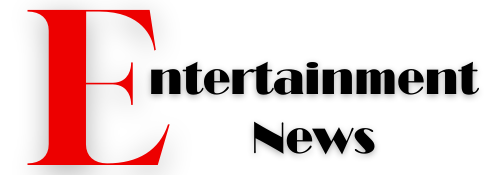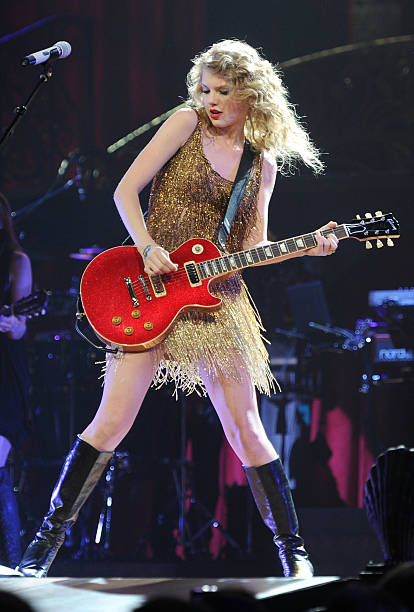Apple Unveils iPhone 15 Pro and Pro Max: A New Era of Power and Innovation
Introducing iPhone 15 Pro and Pro Max: The Future of Smartphones Apple…
Introducing PlayStation’s New Hardware Innovations: PlayStation Portal Remote Player
Discover the latest advancements from PlayStation's hardware lineup, including the groundbreaking PlayStation…
Nintendo Announces Charles Martinet, Original Voice of Mario, Takes a Break from Recording
Iconic Mario voice actor Charles Martinet steps aside after 25+ years, transitioning…
Call of Duty’s New Anti-Cheat System Exposes and Shames Cheaters in Real-Time
Activision's latest update for Call of Duty: Modern Warfare II and Call…
Record-Breaking Success: Taylor Swift’s Eras Tour Hits $300 Million Gross!
Exciting News! Taylor Swift Pop-Up Store Comes to Los Angeles Ahead of…
The Controversial Barbenheimer: Cultural Sensitivity and the Clash of Blockbusters in Japan”
The Controversial Barbenheimer : In the United States, the release of the…
The Unstoppable Force of Naoya Inoue, Boxing’s Legend
The Legend of Naoya Inoue: A Pugilistic Marvel The Unstoppable Force of…
The Incredible Journey of Jaylen Brown’s $304 Million Supermax Deal
Jaylen Brown's $304 Million Supermax Deal Groundbreaking NBA Contracts: Jaylen Brown's Historic…
What Is Apple GPT? Apple GPT Release Date?
What is Apple GPT? Apple GPT is a large language model (LLM)…
OpenAI Launches Customized Instructions for ChatGPT Plus
OpenAI has introduced an exciting and potentially game-changing feature for ChatGPT Plus…
“Apple GPT” ,Apple Has Created Its Own AI Chatbot
Apple is stepping up its game to compete with big players like…
WhatsApp’s New Smartwatch App Wear OS!
In an exciting move, Meta has officially released a dedicated WhatsApp app…
Goldie Hawn and Kurt Russell:,Why Never Married in 40 Years Relationships
After four decades of being together,Hollywood icons Goldie Hawn and Kurt…
The Future of Call of Duty: Microsoft and Sony Deal.
In a groundbreaking move, Microsoft and Sony have solidified an agreement to…
Taylor Swift’s Triumph: Four Albums in Billboard’s Top 10
taking to social media to announce its arrival. In her excited post,…
Mission: Impossible , `Dead Reckoning Part One’ in five days at the box office $80 million
Tom Cruise has been actively promoting the idea of going to the…
Jessica Pegula, Inspiration From Her Mother’s Healing.
Sydney, Australia, Jessica Pegula was watching "Monday Night Football" on her telephone…
Andrea Evans, ‘One Life to Live’ Star, The Young and The Beautiful Dead at 66
Andrea Evans, a well-known actor who gained popularity in the 1970s and…
Jamie Foxx Update:, Actor Reportedly Seen Boating on Chicago River
Jamie Foxx is making a comeback and embracing life's joys as he…



















